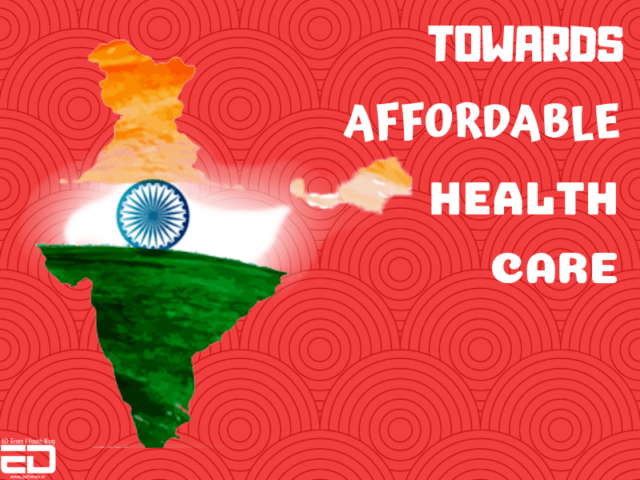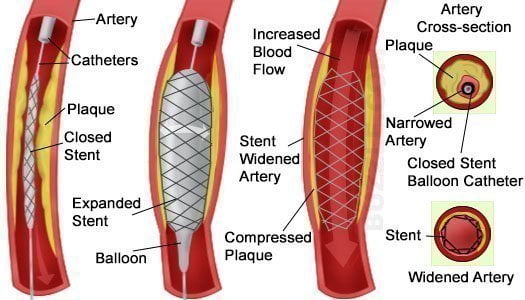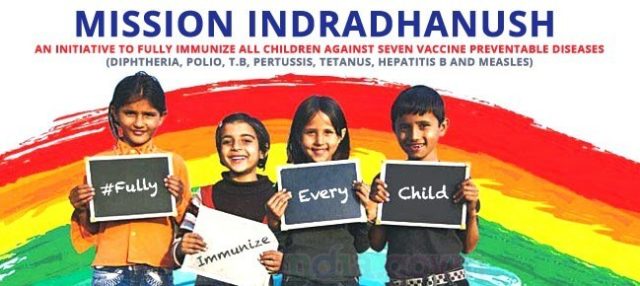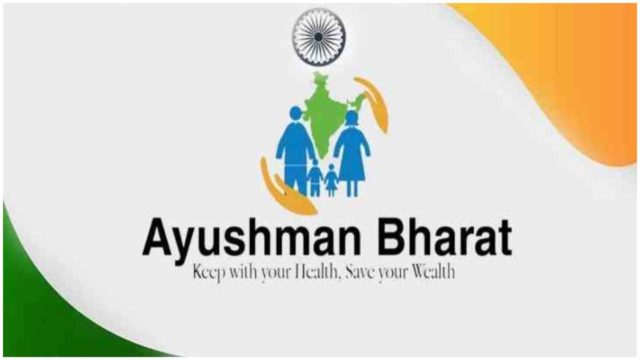
The National Sample Survey Office in 2014 revealed that Indians spend a great deal of their income on healthcare which culminates into one of the highest percentages of per capita out-of-pocket expenditures on health.
This leads to impoverishment as well as exploitation of many Indians, especially the ones in the informal sector, who are practically lured into a poverty trap because of their medical bills.
I believe no government does only good or bad work; they all leave a mixed bowl of salad. Same can be applicable for BJP as well as Congress.
While BJP had its bad time while implementing demonetization and handling the minorities, it did some considerable work in making the healthcare affordable for the common man.
Push for Generic Medicine

The Union health ministry on April, 2017 asked the medical community to follow a 2016 notification by the Medical Council of India (MCI).
This notification mandated doctors to prescribe medicines by generic names instead of prescribing medicines by their brand name.
This small step had the potential of pushing millions of Indians out of medical poverty trap.
World Health Organization (WHO) defines“generic” drugs as drugs that are bio-equivalent to a brand name drug in terms of “dosage, form, safety, strength, route of administration, quality, performance characteristics and intended use”.

The compounds in these generic drugs have the same molecular structure as the brand-name version, yet they are sold at less than half the price of the branded drugs because the manufacturers of generic drugs don’t have to undergo research and development (R&D) as well as the cost of getting a patent.
Thus, using generic drugs will make healthcare affordable by allowing the patient to buy cheaper medicines.
Stent price regulation

The National Pharmaceuticals Pricing Authority (NPPA), India’s drug pricing regulator, slashed stent rates by nearly 85%.
A stent is a tube-shaped device, when inserted into a clogged artery, can facilitate clearing the blockage. Stents are made of Platinum because it is one of the most non-reactive metals. Artery blockage is cleared by angioplasty, and stents are used for the same surgery.
Before the regulation, bare metal stents were sold for Rs 45,000, while drug-eluting stents were sold for Rs. 1.21 lakh. Now they are sold for (approximately) Rs. 8000 and Rs. 27000 respectively. The price was so high because of unethical mark-ups charged at each stage in the supply chain.
Rising cost of stents had impoverished several families. This price cap has also reduced the burden of diabetes and hypertension patients, as they are likely to have a blocked artery. Indians happen to have a high incidence of these two diseases.
It is believed that price regulation can also curb unethical practices of medical practitioners and institutions. The government claimed that price regulation was done in ‘national interest’.
Also Read: Rising Healthcare Costs & Statistics in India
Mission Indradhanush

Mission Indradhanush was launched in 2014, and since its inception many international players have acknowledged it.
This scheme aims to provide full immunization coverage to all children and pregnant women, against a dozen of vaccine preventable diseases.
This simple scheme is a relief to the common man because it tries to ensure vaccination. If both, mother and child get vaccinated, they increase their probability of evading virus borne diseases in the future. Thus the scheme saves both, their future health as well as their future wealth.
Ayushman Bharat

Ayushman Bharat is an umbrella scheme for healthcare.
It aims to provide a health benefit cover of Rs. 5 lakh per family per year for pre as well as post hospitalization expenses. It targets poor and deprived families.
Critics argue that the scheme is not economically viable and tries to shift the burden of healthcare on private players. Insurance model as well as allocation of funds for this scheme is questioned by many.

The central government’s scheme is not ideal. There are any state governments that have run better schemes. For instance, ‘Mohalla Clinics’ of Delhi government that have made urban healthcare affordable.
Though the schemes run by the government look pretty on paper (they always do), implementing such grand schemes has been a Herculean task. To know if these schemes bore any fruit or not, we’ll have to wait for a few more years.
Image Credits: Google Images
Source: Economic Times, The Hindu, Wikipedia
Find the blogger @parihar_tweets
You’d also like to read:
































